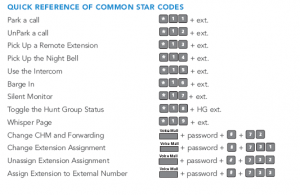Lets take a look at the impact of SIP – Aide from the pure technology play, SIP represents a fundamental change in the economics of the telecommunications market. The carriage of telecommunications has been in transition with a steady migration for distance sensitive to usage sensitive pricing. Historically there where three components of the cost of a telephone call: origination, interexchange (e.g. Inter-LATA) and termination. The US telecommunications market has been moving toward a consolidation of service providers. Local Exchange Carriers (LEC) and competitive local exchange carrier (CLEC) is becoming as consolidated and the Inter-Exchange (IXC) carriers. Where do we draw the line on Enhanced Service Providers?
Generally, throughout the rest of the planet, telecommunications services are still owned and operated by government monopolies. Rural telecommunications for much of the planet is predicated on the payment of termination fees. If your favorite telephone company wants to interconnect with your parents in another country, they must pay a termination fee to the phone company in that country. This is not unlike the model of a US based LEC paying the IXC who paid a fee to terminate your phone call in another LEC. A complex price model and tariff structure exists even with the current “bucket of minutes” concepts borrowed from the wireless carriers.
At issue here is the impact of SIP phone calls made through the internet, both public and private. With the growing acceptance of SIP trunking and the development of E164, internet alternative carriage is also pressuring the move from TDM to VoIP. The Electronic Numbering Mapping System (ENUM) provides users with, what marketing people would call “experiential compatibility”. Being able to dial a phone numbers in the manner that users have become comfortable is absolutely essential to the success of the migration to and the adoption of VoIP solutions. SIP and ENUM work together to accomplish this.
The impact on the economics of telephony services is dramatic, both at the infrastructure level and and at the usage level. The cost of building packet switch networks, like the cost of build out wireless networks requires significantly less capital investment. The cost to the users will certainly not be distance based; but access and bandwidth based. SIP also provides for the increased use of multimedia communications solutions, also a bandwidth intensive application.


